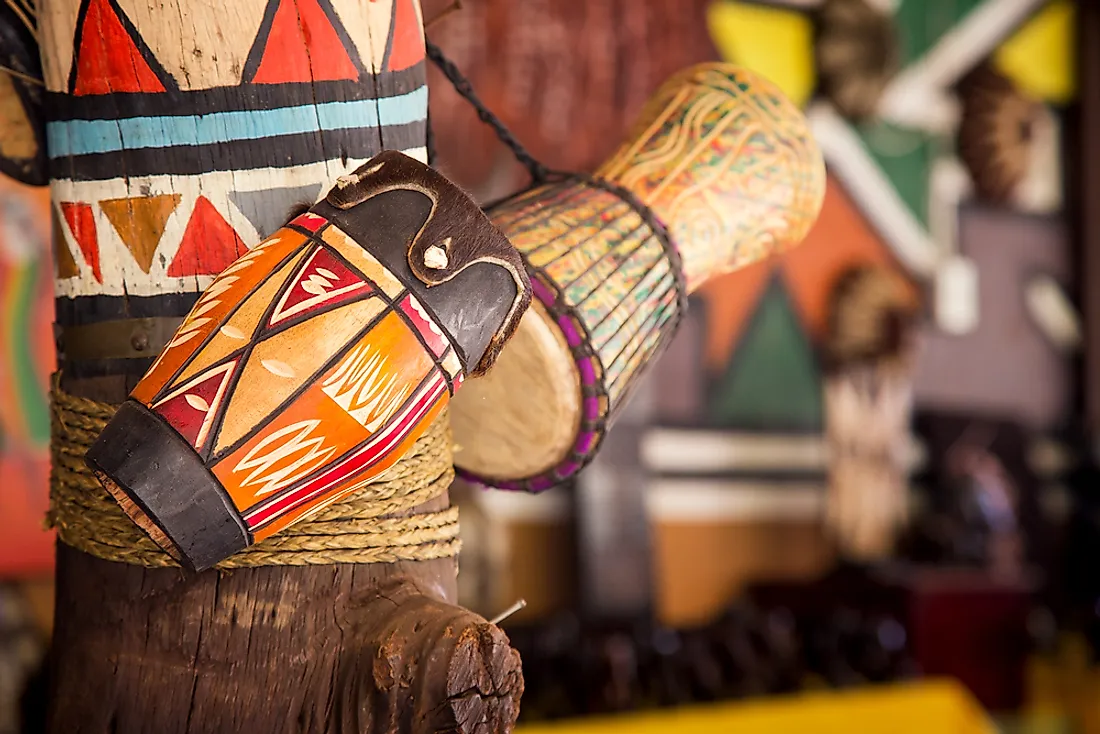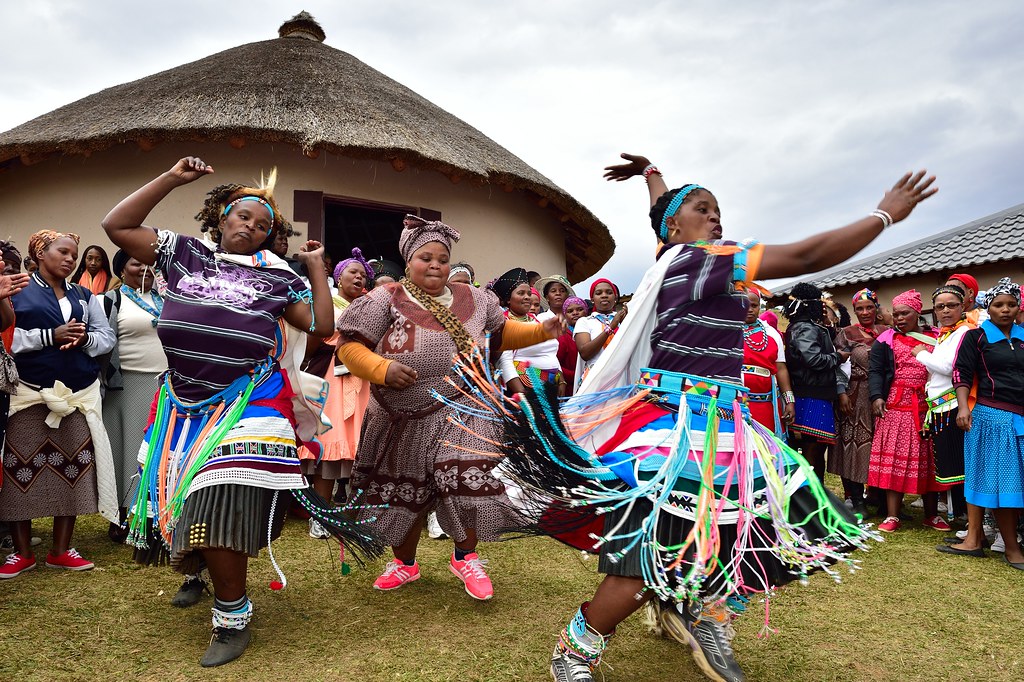Some Ideas on South African Culture Today You Should Know
How South African Culture Today can Save You Time, Stress, and Money.
Table of ContentsThe Buzz on South African Culture TodayHow South African Culture Today can Save You Time, Stress, and Money.The Facts About South African Culture Today UncoveredThe Main Principles Of South African Culture Today South African Culture Today - TruthsGetting My South African Culture Today To Work
A matter of importance in Zambian towns is the passing away of enjoyed ones. All members of the town put money, time and effort together for the funeral of the deceased.Throughout the mourning period; men stay outside the residence and the ladies remain inside your home of the deceased. After discussing the dead, the town strolls to the area of interment to state their last goodbyes. Music and dance is an extremely essential facet of the Zambian society. The various tribal units have their own dancing forms; however, makishi is common among all tribes.
Not known Facts About South African Culture Today
When it involves music, drums are used the most, with a variety of drumming ceremonies. In Zambia, bulk of the individuals are Christian; Protestant and Roman Catholic. There are little teams of Muslims and Hindus, with the remainder following regional indigenous tribal beliefs.

South African heritage and culture is profoundly diverse, and is composed of several teams of individuals that each have their very own traditions and ideas. Having such a diversity of people and cultures is what makes South Africa so special. In real feeling of the phrase, we are a rainbow country.
South Africa has roughly 3 hundred thousand Portuguese people living in it. Making it the 7th on the checklist of countries with one of the most Portuguese individuals in it beyond Portugal. Portuguese is not just a society, yet it is additionally a language and a nationality. Portuguese people originate from the nation of Portugal in Europe, nevertheless, due to Portugal (like numerous other nations in Europe) exploring the world and conquering other nations throughout the 15th 20th centuries, South Africa has what we call Portuguese South African's living in it.
How South African Culture Today can Save You Time, Stress, and Money.
Among the prominent features of the topography is a plateau that covers virtually two thirds of the center of the country. The plateau facility rises toward the southeast, where it climaxes in the Drakensberg variety, component of an escarpment that separates the plateau from the coastal areas. The Drakensburg includes Champagne Castle, the highest top in the country.
The area north of the Witwatersrand, called the bushveld, inclines downward from eastern to west towards the Limpopo River, which develops the international border. The western area of the plateau, the middleveld, also descends in the direction of the west and differs in elevation between the highveld and bushveld. Between the Drakensburg and the eastern and southerly coastline, the land descends to the sea.
Nearer the coastline there is a low-lying level called the eastern lowveld. Southwest of the plateau the nation becomes considerably more arid, providing means to the stony desert of the Great Karroo, bordered on the east by the reduced, much better sprinkled plateau of the Little Karroo. Separating the dry southern inside from the sandy coastal of the southerly coast and West Cape is another variety, the Langeberg.
The 10-Minute Rule for South African Culture Today
The nation's racially, ethnically, and politically divided history has generated nationwide and subnational icons that still operate as signs of the country, and others symbols that are accepted just by particular teams. The monoliths to white settler conquest and political dominance, such as the Afrikaner Voortrekker ("leader") Monolith in Pretoria and the Rhodes Monument honoring the British colonial realm building contractor and Cape head of state Cecil Rhodes, continue click to find out more to be sectarian signs.
The very first modern inhabitants were the San ("bushman") hunter-gatherers and the Khoi ("Hottentot") individuals, that herded animals (South African culture today). The San might have been present for thousands of years and left evidence of their check this visibility in countless ancient cavern paints ("rock art"). Bantu-speaking clans that were the forefathers of the Nguni (today's amaZulu, amaXhosa, amaSwazi, and vaTsonga peoples) and Tswana-Sotho language groups (today's Batswana and Southern and Northern Basotho) moved below east Africa as early as the fifteenth century

Both previous republics of the Orange Free State and Transvaal (South African Republic) were established by Afrikaner inhabitants who defeated and dispossessed the Basotho and Batswana. Lesotho would certainly have been forcibly integrated right into the Orange Free State without the extension of British security in 1869. The best unification of the country arised from the South African War (18991902) between the British and both Afrikaner republics, which decreased the country to wreck at the beginning of the twentieth century.
Afrikaners historically considered themselves the just true South Africans and, while giving full citizenship to all residents of European descent, denied that standing to people of shade until the autonomous change of 1994. British South Africans keep a feeling of social and social link to Great Britain without compromising i loved this their identification as South Africans.
The Ultimate Guide To South African Culture Today
The variety and fragmentation within ethnic groups and the equilibrium of stress between those groups during the twentieth century protected against interethnic civil problem. While intergroup stress over sources, entitlements, and political dominance remain, those conflicts are as most likely to match Zulu versus Zulu as Zulu versus Xhosa or African against Afrikaner.
From colonial India, British merchants and managers brought the bent metal ornamental roofs and slender shoelace job pillars that still symbolize the outdoor patios of homes in communities and cities throughout the country. Homes of praise contribute a crucial architectural facet also in the smallest towns. Along with the soaring steeples and traditional stonework of Afrikaans Dutch Reformed churches, Anglican churches, synagogues, mosques, and Hindu temples give variety to the spiritual architectural scene.

Slaughtering and the developing of traditional grain beer are essential in protecting the engagement and goodwill of the ancestors who are taken into consideration the guardians of good luck, success, and health. Indian communities preserve their indigenous cooking practices and apply them on Islamic and Hindu ritual and ceremonial events. Afrikaners and Coloured individuals collect at weekend breaks and special occasions at multifamily barbeques called braais, where neighborhood bonds are reinforced.
Due to the fact that this was the primary economic enterprise of both black Africans and white colonists, dispute between those teams focused on the property of grazing land and animals. In 1867, the biggest ruby down payments in the globe were discovered at Kimberley in the west central area. The wealth from those fields helped finance the exploitation of the best gold reef on the planet, which was discovered on the Witwatersrand in 1886.
The 20-Second Trick For South African Culture Today
This resulted in misconceptions and calculated misrepresentation in the dealings of white settlers and government officials with African principals throughout the early american duration (South African culture today). In the establishment of African gets, some facets of common and chiefly "tribal count on" land period were protected, and even in white backwoods, forms of public tenure were still practiced in locations with African neighborhoods
After the democratic makeover of 1994, programs for land restitution, redistribution, and reform were set up, but progress has actually been sluggish. The white minority still regulates eighty percent of the land. Following agricultural land intrusions in Zimbabwe, the Department of Land Matters has vowed to speed land redistribution.